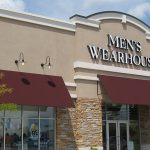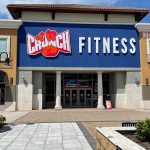Tony Hsieh, CEO of Zappos.com, issued a public letter on the eve of the WSA show, telling the market that the on-line retailer is driving toward its goal of achieving $600 million in sales in 2006, which would represent a 62% increase in revenues over the $370 million achieved in 2005. Zappos.com had more than doubled its sales last year from $184 million in 2004 to $370 million in 2005. The CEO also said that the company posted a profit in the first and second quarters of this year, compared to losses in both quarters last year. The on-line retailer has become a solid performer for the market and has vendors singing their praises. The business grew from “almost nothing” in 1999 to $1.6 million in 2000. The $600 million milestone would put Zappos firmly in the upper tier of footwear retailers and one of the few at that size not in the public realm.
In sending out the letter to investors, employees, partners, and “friends of Zappos,” the CEO hit on a number of key metrics that expressed their position in the market, but may have been speaking to a larger audience with his message. Many of the cited metrics are clearly meant to establish the company as a solid long-term player with loyal customers that could get the support of Wall Street. For instance, the retailer said it now has over four million paying customers and that repeat customers represent about two-thirds of sales on any given day. The CEO also cited growth in the number of brands on its site to over 800 and that they now carry more than 2.5 million pairs of shoes in the warehouse. To increase financial flexibility and keep pace with its warehouse expansion, Zappos closed on a $20 million warehouse line of credit with Davidson Kempner, which is in addition to the $60 million line of credit with Wells Fargo and US Bank to finance inventory growth. The company also completed construction of a new warehouse, which adds an additional 625,000 square feet on top of the 280,000 square feet of their original warehouse, for a total of 905,000 square feet.
Hsieh said that while the company continues with its strategy of running the business at break-even (within 1% of net sales) in order to maximize growth, they were able to improve efficiencies throughout all departments, and were able to “squeeze out a small profit” in both Q1 and Q2 of this year, periods when they historically experienced losses.













